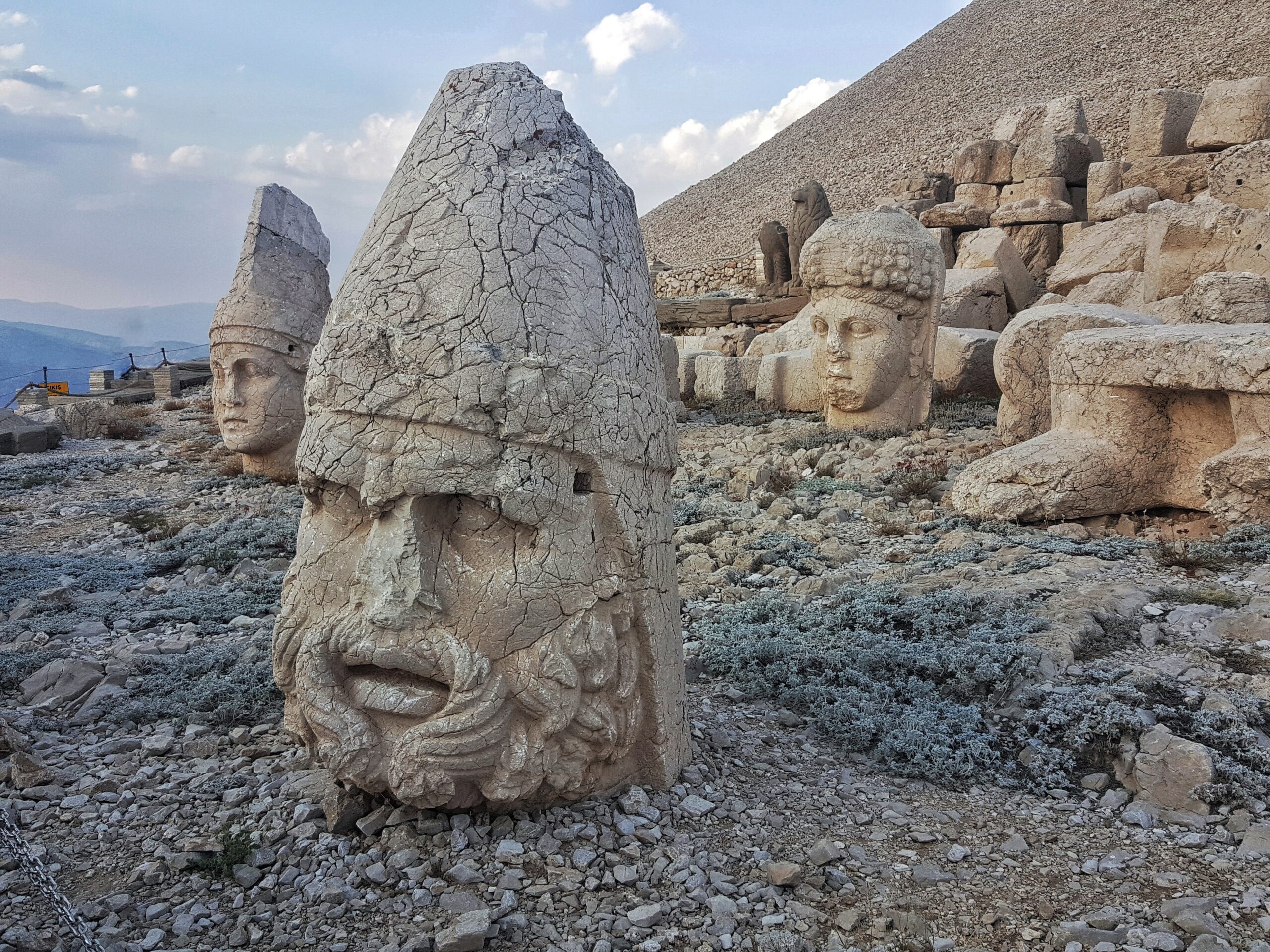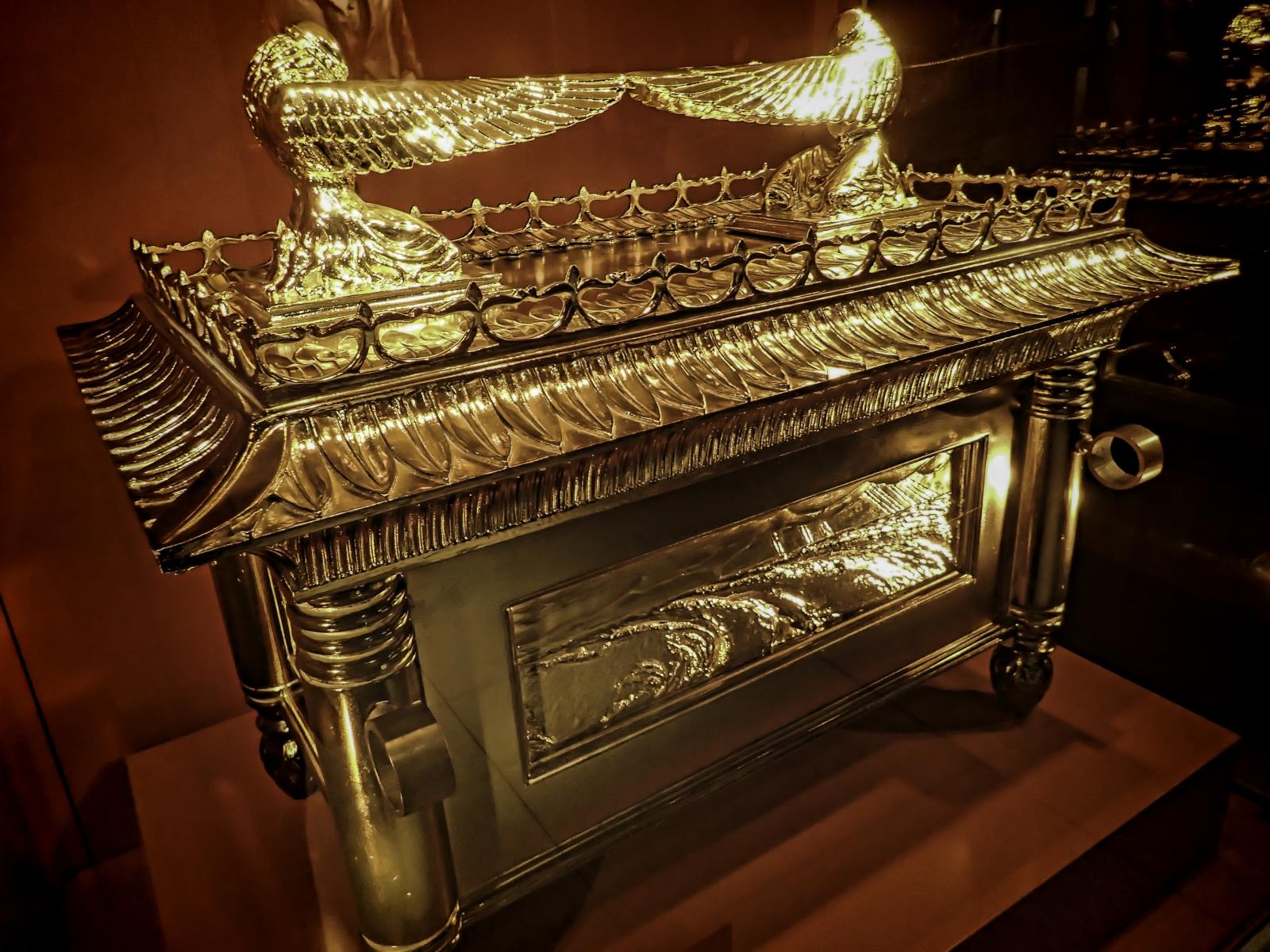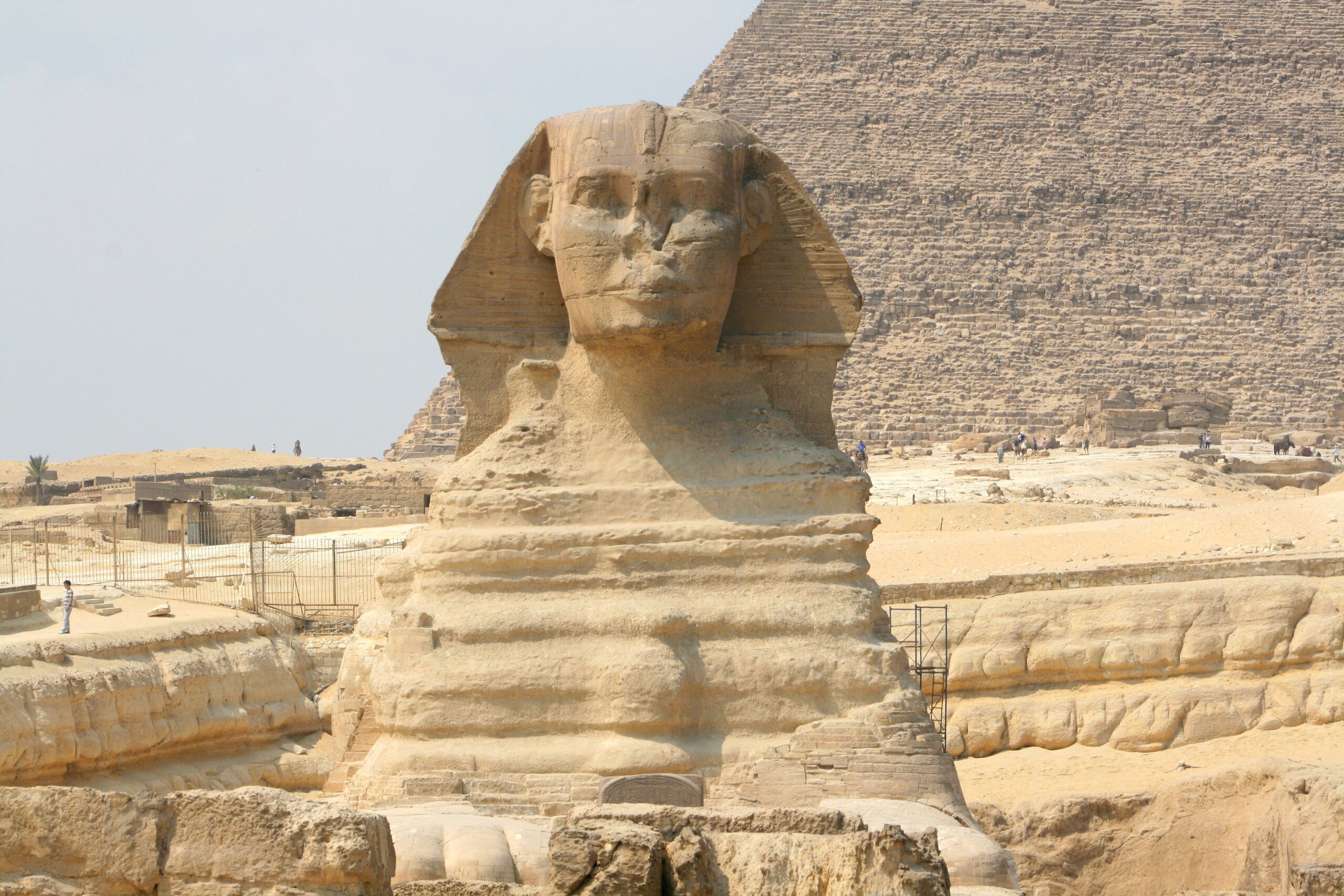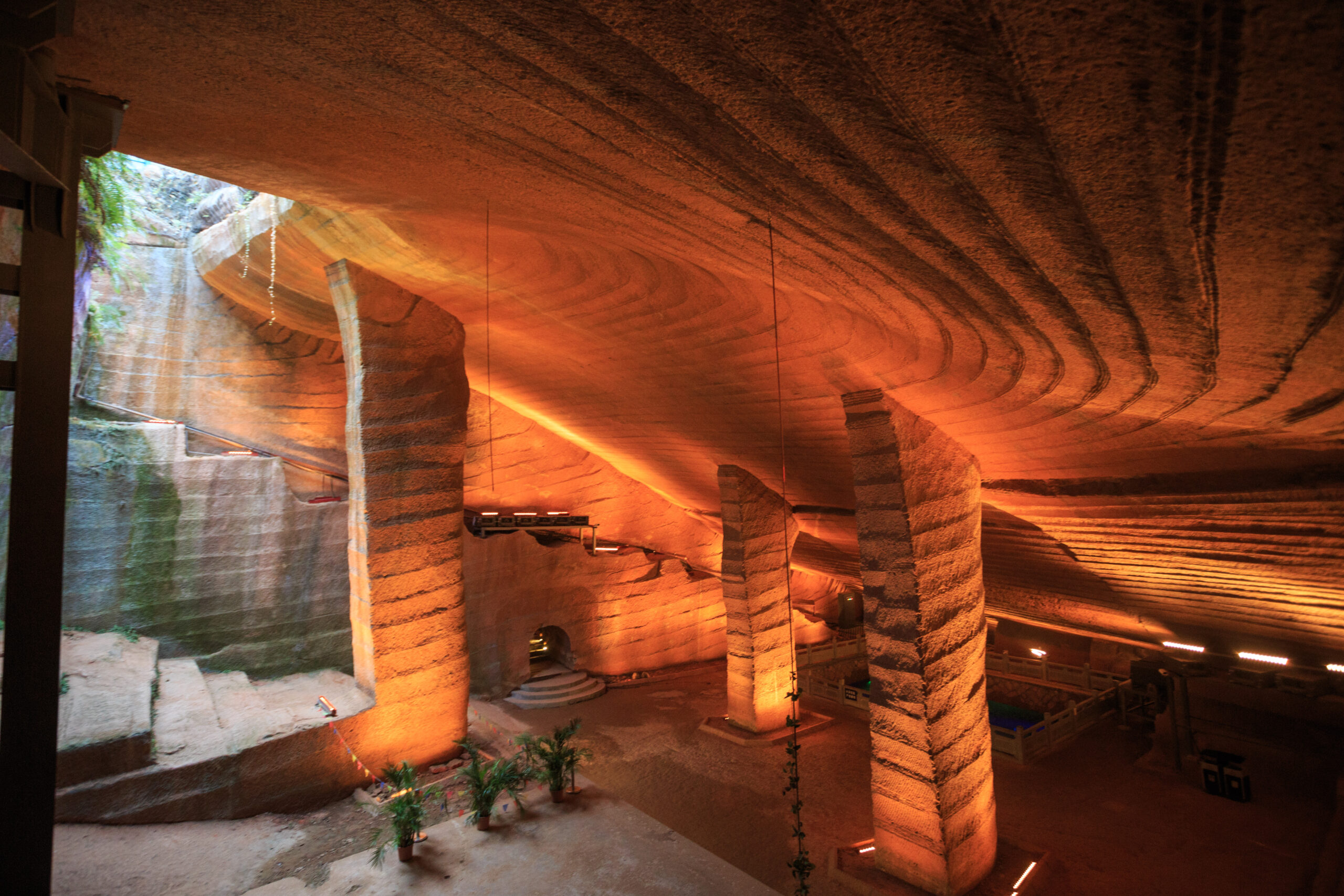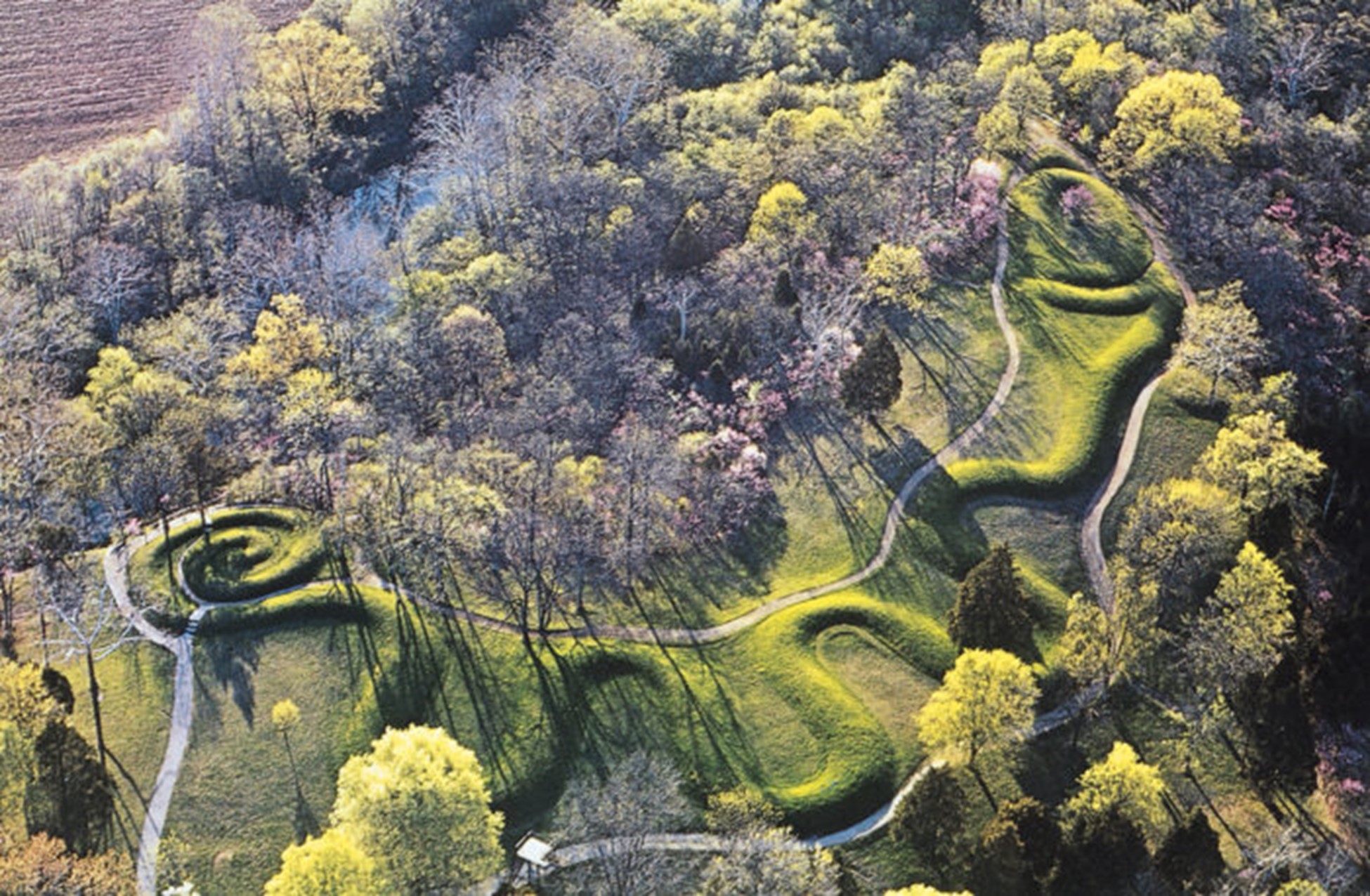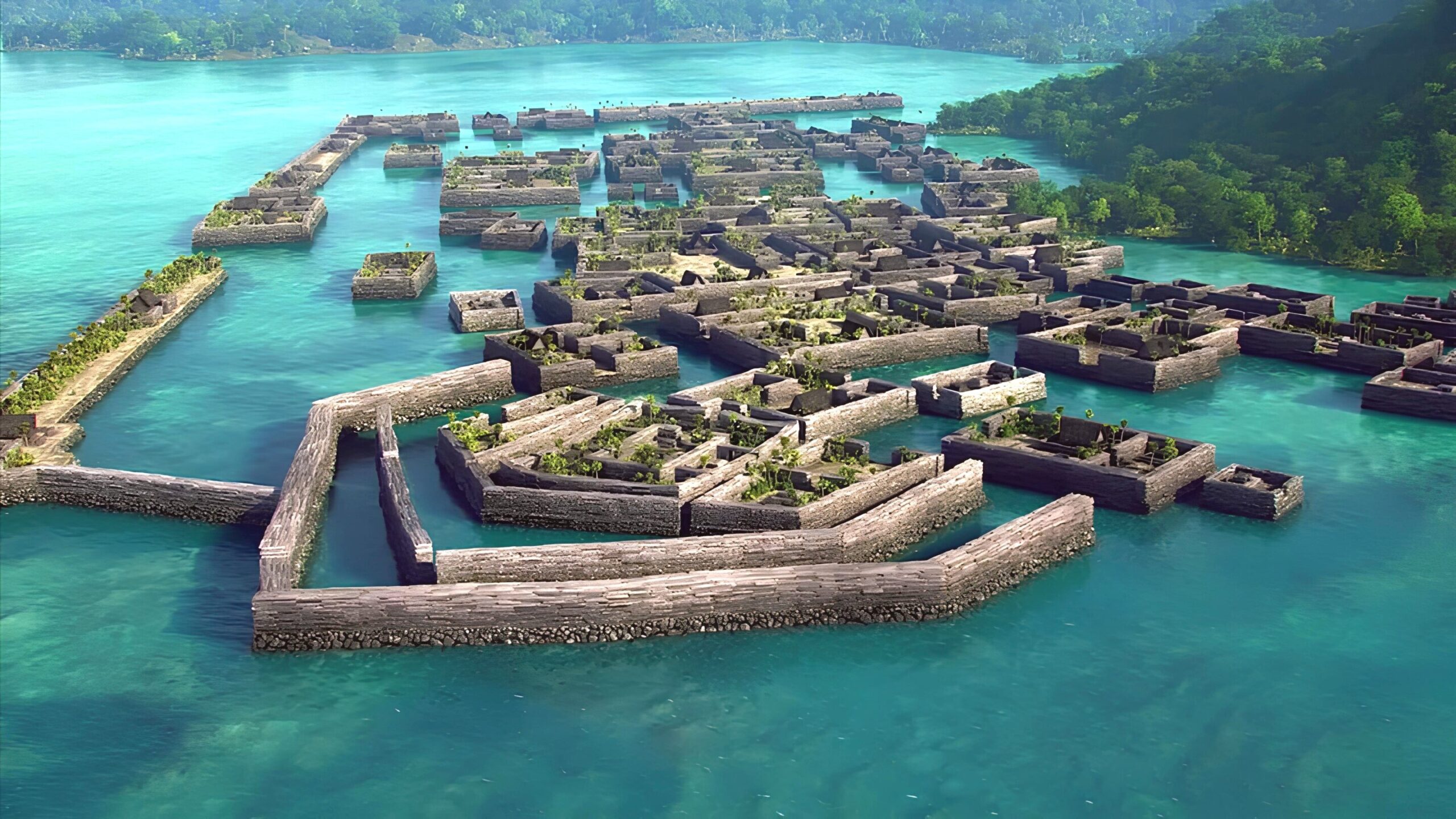
Near Xi’an, China, beneath a 250-foot mound, rests the Mausoleum of Qin Shi Huang, built around 221 BC for the first emperor who united the nation. Discovered in 1974 by farmers digging a well, this vast tomb spans 22 square miles and remains unopened, guarded by legends of traps and rivers of mercury. Historical records from Sima Qian, written a century later, describe a complex of palaces, treasures, and defenses. It’s a site that promises answers about an ancient ruler, yet keeps them locked away.
The Mausoleum of Qin Shi Huang’s Grand Design
This tomb goes beyond a simple burial, stretching across an area the size of a small city. Sima Qian’s account details a layout with inner and outer walls, bronze statues, and a ceiling studded with pearls to mimic the stars, all crafted over 38 years by 700,000 workers. Archaeologists found high mercury levels in the soil, suggesting those liquid rivers might be real. What drove Qin Shi Huang to plan such a massive afterlife? That ambition hints at a man who saw death as another kingdom to rule.
Secrets Still Buried
The tomb’s core stays sealed, and for good reason, as ancient texts warn of crossbows set to fire at intruders and mercury meant to flow forever. Modern scans in 2016 confirmed anomalies underground, possibly chambers or defenses, but no one’s dug in yet due to preservation risks. Nearby pits with the Terracotta Army, found in 1974, show the detail Qin demanded, so what else waits inside? That caution leaves us guessing about a ruler’s final secrets.
A Ruler’s Lasting Mark

Qin Shi Huang, crowned at 13 and dead by 49 in 210 BC, shaped China with a single currency, standard weights, and the Great Wall’s early pieces. His tomb reflects that control, built to mirror his empire with rivers, mountains, and guards sculpted in clay. Later emperors avoided such extravagance, making this a unique window into his mind. Did he fear betrayal even in death? That thought ties his life to this untouched marvel.
Why It Matters Today
Declared a UNESCO World Heritage site in 1987, the Mausoleum of Qin Shi Huang draws scholars and visitors to Xi’an, though its heart stays closed. The Terracotta Army hints at its scale, but the tomb’s secrets, from traps to treasures, remain out of reach. Mercury risks and ancient craftsmanship keep it intact, a challenge for future study. It’s a quiet reminder of one man’s power, still holding history’s attention

